To enlarge for easier reading, double-click on image below or use CTRL+ on your Browser.
Click on image below to enlarge for easier reading

TO SEE A CLIP FROM “LIFEBOAT” CLICK ON LINK BELOW
Canada Lee – clip from “Lifeboat”
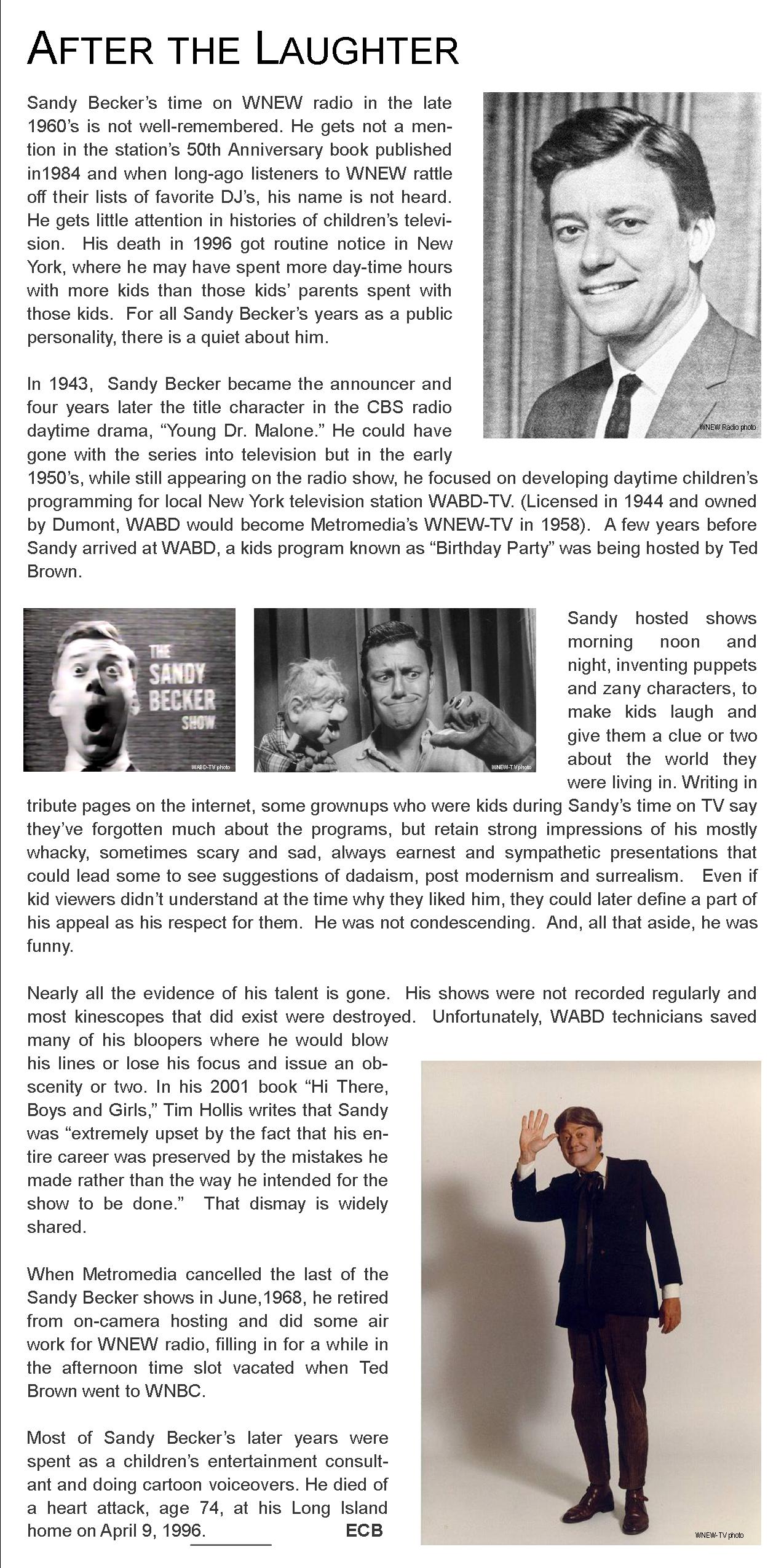
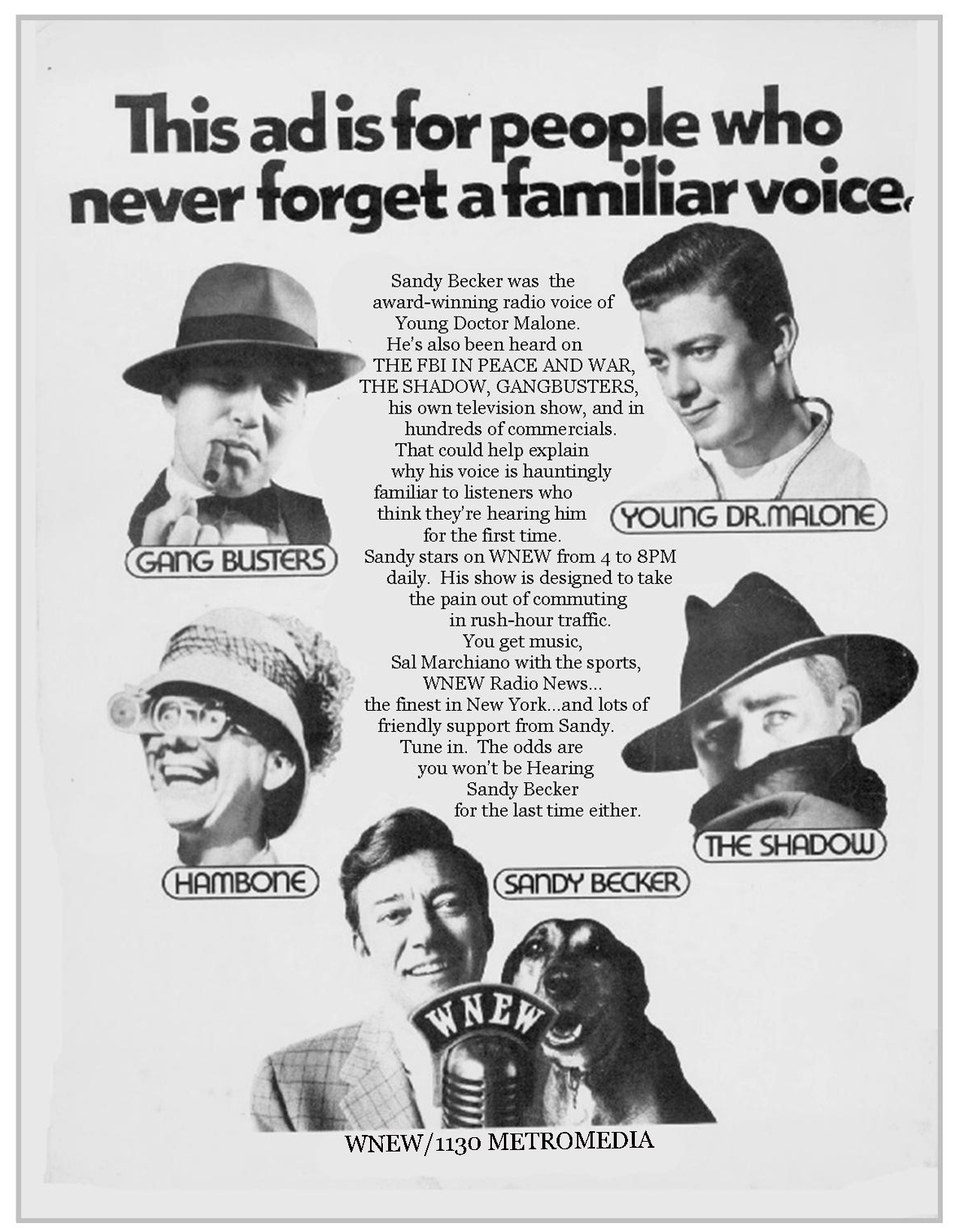
To view video clips, click on link below.
Sandy Becker Show – WABD-TV New York
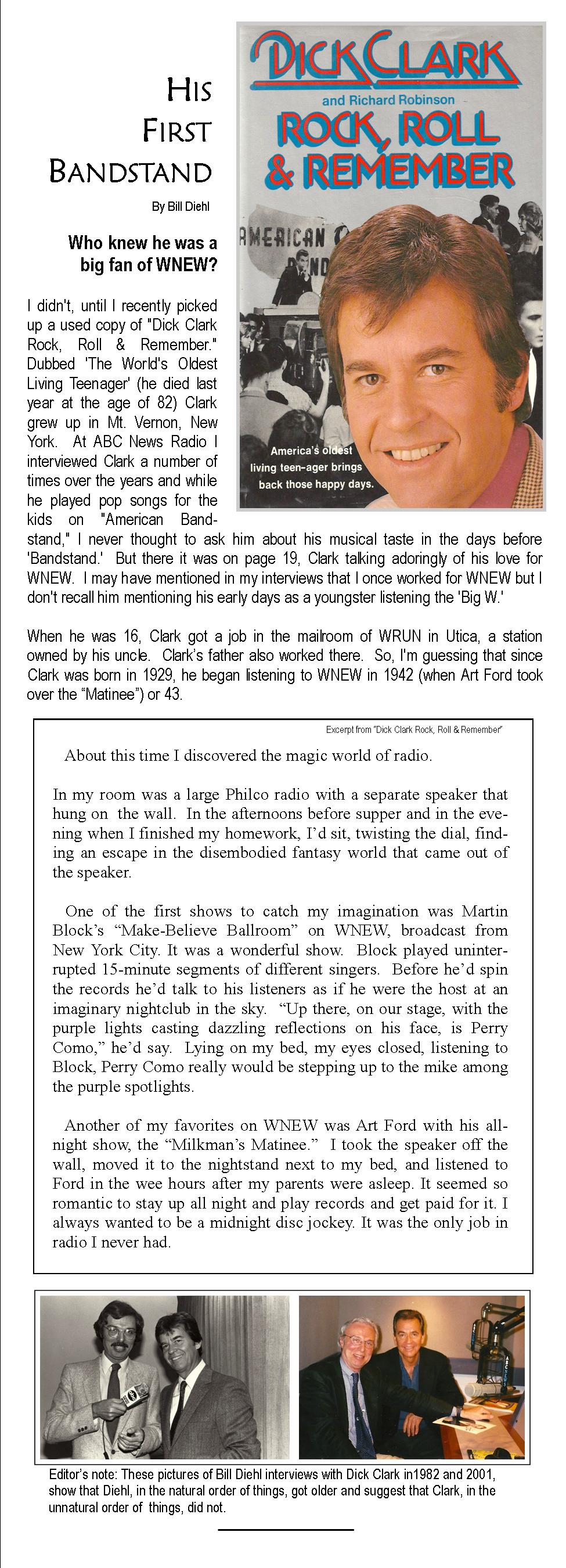

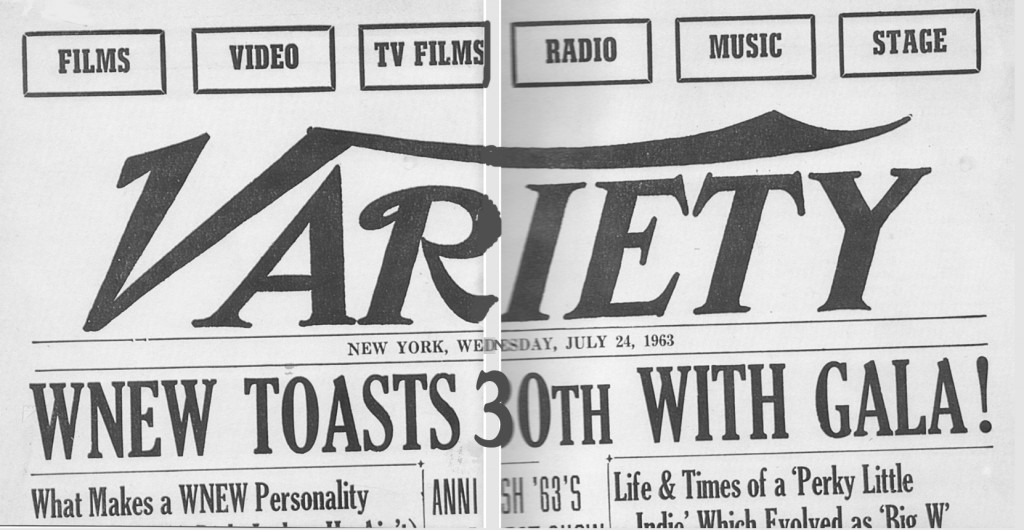
“I Love Rudy Ruderman, ” a song composed by WNEW listener Addy Feiger was performed by her on July 14, 1963 at Madison Square Garden before a crowd of 18,000 attending WNEW’s 30th anniversary party. Click on link below.
We asked Rudy Ruderman, a News Editor at the time and Nat Asch, who was then Director of Special Projects, to add a few details of that long, glamorous evening and we’ve strung together their separate e-mail comments into a long-distance conversation.

RUDY I remember Addy. She was a neighbor in Westchester of Giants coach, Allie Sherman.
NAT Addy had written to the station saying she was “addicted” to the sound of WNEW and so, she wrote the song.
RUDY And when she sang it, everybody cheered, especially me.

NAT Varner Paulsen, was the PD at the time . . . I used to say of him, “Behold, the pale Norse”. . . anyway, he reluctantly accepted the suggestion that we open the show with Addy at the Garden . .
RUDY . . .the old Garden at 50th and 8th. . . .
NAT. . .that we open with Addy on a dark stage under a single spotlight. . .
RUDY . . . dressed as a maid and holding a feather duster. She suddenly sees the piano on center stage, looks around furtively, then dusts the keys and sits down and starts the song. . .
NAT . . .followed by the Cy Zentner orchestra on the main stage. . .there were three revolving stages . . .playing the WNEW theme as the Garden lit up to the delight of eighteen thousand People.
RUDY . . .Jack Jones and Count Basie were on the program,Vic Damone. . .Bobby Darin . .
NAT . . .Helen Forest, Tommy Dorsey. . .
RUDY . . .Billy Taylor, Della Reese. . .
NAT . . .Dave Brubeck. . .the show went on for five hours . . .we had very little experience putting on a show of such magnitude…every ticket sold included the opportunity to win a new house. . . .
RUDY . . . artiste issues?
NAT . . .only one. Nina Simone and her trio.
RUDY . . .right. . .
NAT . . .she had a rep for being difficult and was most unhappy about being put on one of the smaller stages. She wanted bigger. But her manager, her husband, Ernie, a former detective, calmed her down and she was brilliant. . .sang “I loves You, Porgy,” “My baby Just Cares For Me “. . .as scheduled . . .on the smaller stage. Up until the last moment we expected to get Frank Sinatra to close the show. We didn’t get him. We got Frank Sinatra Junior instead. The night was a complete success . . .except for the fact that Buddy Hackett punched out Freddie Robbins at the post show party at the Americana Hotel.
Editor’s Note: WNEW staged an encore show at the Garden on June 10, 1964, starring all the station’s personalities with (among others) Tony Bennett, Steve Lawrence, Eyde Gorme, Trini Lopez, Buddy Greco, Jerry Vale, and the Smothers Brothers. Proceeds benefited the Greater New York Fund.
Former New York City Mayor Ed Koch (1978-1989) died Friday, Feb. 1 at age 88. An appraisal by Andy Fisher, posted on the New York Broadcasting History Board, appears below.
Ed Koch never worked for WNEW, but in the 1970s and 1980s, he might as well have.
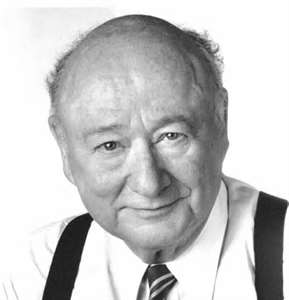 Ed Koch certainly had a face for radio, and from sound-bite to talk show, he was always entertaining on the air. He presided over New York City’s financial and psychological comeback from chaos in the late 1970s, so he was a pretty good mayor by anyone’s standards, although for a long time, as someone pointed out this morning, he did seem to have a “tin ear” when it came to the subject of race relations.
Ed Koch certainly had a face for radio, and from sound-bite to talk show, he was always entertaining on the air. He presided over New York City’s financial and psychological comeback from chaos in the late 1970s, so he was a pretty good mayor by anyone’s standards, although for a long time, as someone pointed out this morning, he did seem to have a “tin ear” when it came to the subject of race relations.
My first interview with Ed Koch was on primary night in 1974. Howard Samuels, the choice of the Democratic organization, was supposed to win an easy gubernatorial nomination, so WNEW assigned first-string reporter Mike Eisgrau to Samuels headquarters. I was sent to the headquarters of underdog Brooklyn congressman Hugh Carey. Carey headquarters was a pretty quiet place, and I was getting set for a long wait until his concession speech, but shortly after the polls closed, Ed Koch showed up. He was the congressman from the “silk stocking” district, and he clearly knew that something extraordinary was happening. Sure enough, Carey upset Samuels, and Ed Koch was almost a play-by-play announcer for us!
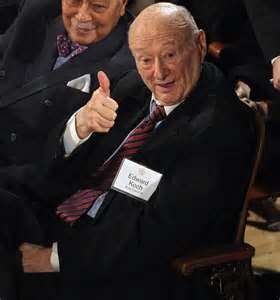 The other time I interviewed him was July 4, 1986, during Liberty Weekend, when President Reagan came to town to re-dedicate the renovated Statue of Liberty. I was a radio correspondent for NBC News, and Mayor Koch came to the press compound on the landfill for Battery Park City. I needled him about Liberty Island really being in New Jersey, and about his own origins in Newark, and, of course, he gave as good as he got. I tend to judge people by their senses of humor, and on that basis, I regard Ed Koch as the greatest New York mayor I can remember.
The other time I interviewed him was July 4, 1986, during Liberty Weekend, when President Reagan came to town to re-dedicate the renovated Statue of Liberty. I was a radio correspondent for NBC News, and Mayor Koch came to the press compound on the landfill for Battery Park City. I needled him about Liberty Island really being in New Jersey, and about his own origins in Newark, and, of course, he gave as good as he got. I tend to judge people by their senses of humor, and on that basis, I regard Ed Koch as the greatest New York mayor I can remember.
I can’t conceive of Michael Bloomberg standing on the Brooklyn Bridge asking, “How’m I doing?” I can remember John Lindsay getting huffy when he was reminded about calling New York “Fun City.” You wouldn’t dare try to have fun with Rudy Giuliani.
Ed Koch was a gift to radio, to politics, and, most of all, to New York
A.F.
Photos added by WNEW1130